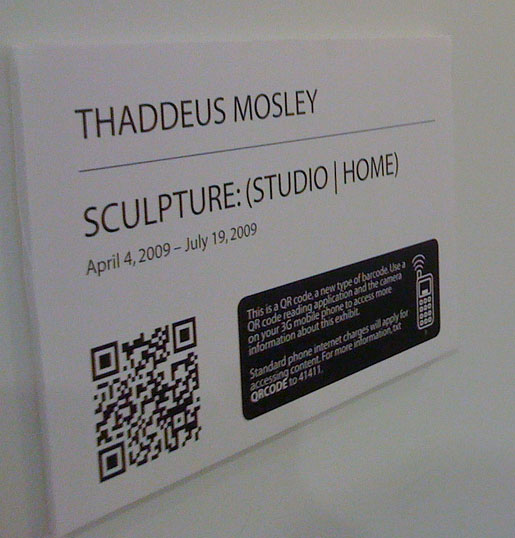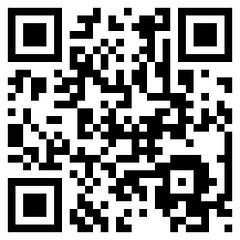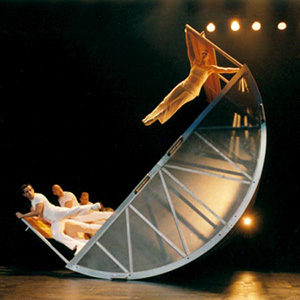 As traditional print media's coverage of performing arts and the arts in general continues to decline and audiences across the board start to adopt social networking sites, it may be time for your organization to strongly consider updating your website and starting to utilize a new set of tools to get the word out about your organization.
As traditional print media's coverage of performing arts and the arts in general continues to decline and audiences across the board start to adopt social networking sites, it may be time for your organization to strongly consider updating your website and starting to utilize a new set of tools to get the word out about your organization.
I realize that I may be preaching to the choir at this point, and other people have recently addressed this, mainly due to the release of Global Faces and
Networked Places A Nielsen report on Social Networking’s New Global Footprint earlier this month. The report shows that social networking has now surpassed Email usage, and is currently the fastest growing sector of online use. This demonstrates how drastically the way that people are using the web is changing. It is moving from an information based, Google search oriented "Super phone book" to more of a community that relies upon members for word of mouth updates about events and information.
This means that the reasons people are visiting your organization's website are shifting from trip planning (directions, hours of operation, finding a place to eat/hotel) to engagement and becoming involved with the real life community centered around your brick and mortar building.
So, everyone is utilizing these social networking platforms to stay informed about their day to day lives, which creates some opportunities to get your organization's message across above the din of traditional marketing and the other media that is out there.
I'm going to briefly outline a few of these tools and how your organization may be able to utilize them to inform your target audience, as well as maintain healthy relationships with your existing community.
Facebook:
I briefly touched on Facebook's updated Pages features Here, but it may be useful to give a brief overview. Facebook is a social networking site that allows your organization to create a "Page." The Page exists much like a user profile in that you can post basic information about your organization, send event invitations for upcoming performances and exhibitions to people who have become friends of your organization, and update your audience about current events and offerings. It also has the ability for you to aggregate any blog feed that your organization may have, and update your fans when a new blog has been posted.
There is one very important issue that I cannot stress enough at this point. Do not approach Facebook from a purely Marketing perspective. Audiences are quick to selectively tune out organizations that they feel are just trying to sell them something. As an Arts Organization it is better to focus on audience engagement, informing people about upcoming events and cultural offerings like classes or discussions, and maintaining a dialogue about your organization. Facebook audiences prefer to be informed about an event or offering, not to have it sold to them.
Blogs:
Should your organization have a blog, and if so what approach should your organization take? Well, if your only reason is because Johnny Awesome's arts organization down the street is doing it, then probably not. Nina Simon, author of the Museum 2.0 blog, breaks down the blogging conundrum in exquisite detail Here. She breaks down the why and the how of an institutional blog. Before allocating time and resources for the production of a blog first think about it's relevancy to your readers. Who will be reading this, and what is the desired outcome? That question is the best place to start.
Twitter:
For as much as I have railed against Twitter, on an institutional level I recognize how useful it can be is. Twitter is officially everywhere, and I'll admit to drinking the Kool-Aid. We've posted time and again about Twitter and how arts organizations can be utilizing this tool to inform your followers of what is going on at the organization. Recently though, I have been relying upon Twitter to stay abreast of current events among peers within the Arts Management field by following people such as:
Maryann Devine and Jeffrey @ the MF and the Brooklyn Museum
Yelp:
There is so much information available to us at any given moment that people are now relying upon social constructs and taste makers to filter what is out there. Beyond asking friends on Facebook or on Twitter for help in finding something interesting to do, or a place to eat or go on a date, Yelp provides candid reviews of just about any business broken down by location. This happens to include an entire Arts and Entertainment category, so depending upon the city, your audience may already be posting reviews about your organization online. Yelp presents a good forum to address customer service issues by responding to negative comments, and it may be a good idea to upload some current photos and make sure that all of your information is correct.
Continued in part 2, I will present a few more tools that performing arts organizations should be aware of.
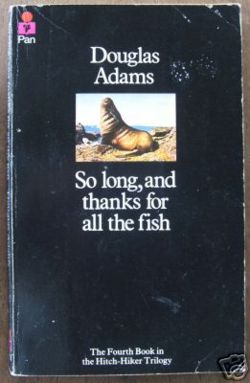






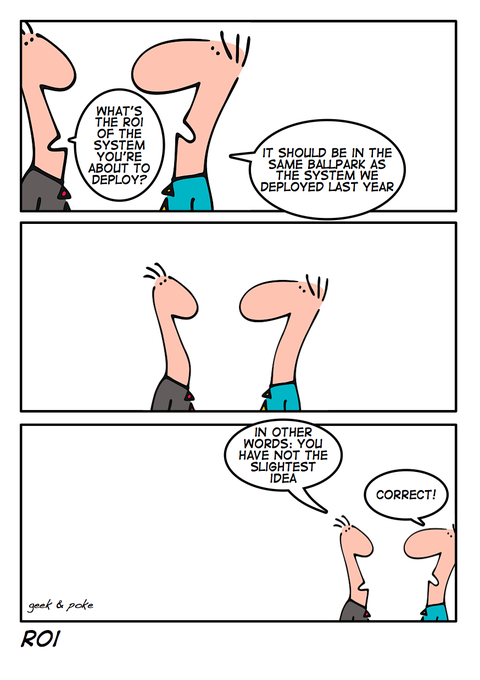 For many arts organizations out there right now, this is how we seem to be calculating the ROI for Social Networking and Media. Everyone seems to be groping in the dark to boil down a simple monetary answer to this question of, "What is *your organization here*'s return on investing in Social Media?"
For many arts organizations out there right now, this is how we seem to be calculating the ROI for Social Networking and Media. Everyone seems to be groping in the dark to boil down a simple monetary answer to this question of, "What is *your organization here*'s return on investing in Social Media?"

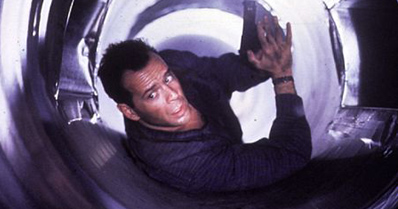


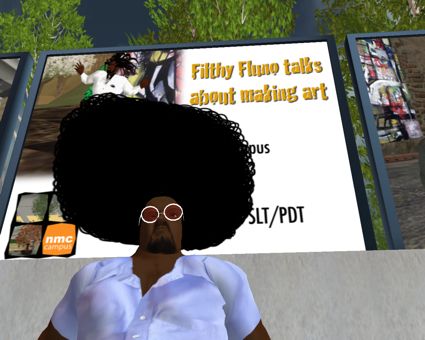 Second Life has been receiving a lot of press recently as an alternative Virtual Reality Art Market. The New York Times recently released an
Second Life has been receiving a lot of press recently as an alternative Virtual Reality Art Market. The New York Times recently released an